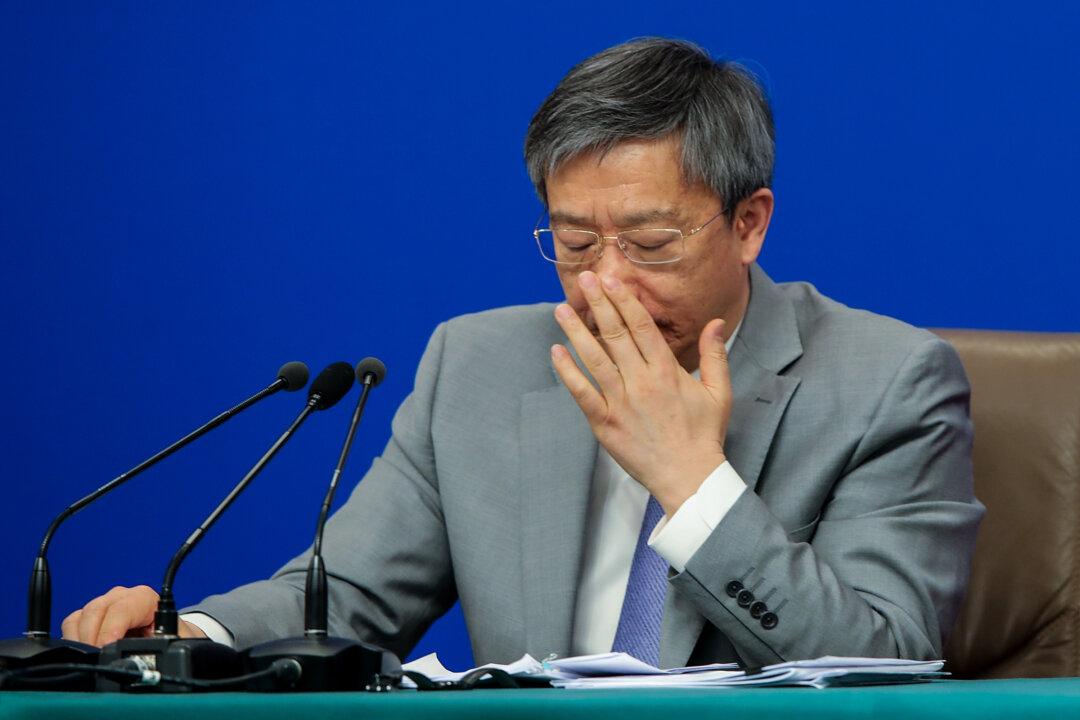News Analysis
Over the past year in China, pork prices have skyrocketed, the economy has continued to slow, and two small banks recently experienced bank runs.

Over the past year in China, pork prices have skyrocketed, the economy has continued to slow, and two small banks recently experienced bank runs.